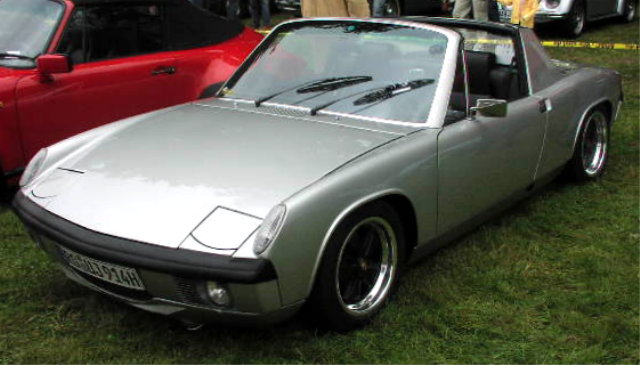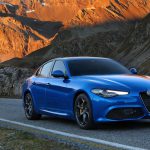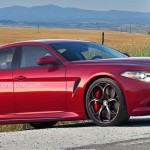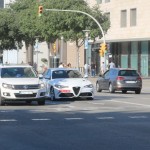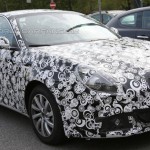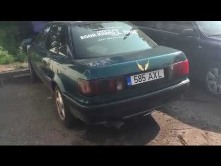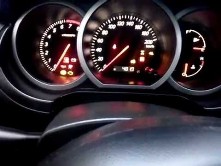Porsche 914

Содержание статьи:
Фото Небольшая история маленького спорткара - Porsche Видео Похожие статьи
Полная информация об автомобиле Porsche Объявления о продаже от частников и дилеров, отзывы владельцев, фотографии, характеристики и цены.
The Porsche or VW- Porsche was a mid-engined, targa-topped two-seater roadster designed sports car manufactured and marketed collaboratively by Volkswagen and Porsche from to.
 Значение логотипа. Логотип компании Porsche представляет собой герб, на котором изображены: гарцующий конь и рога оленя, обрамленные красными полосами. Эмблема полностью посвящена родному городу концерна – Штудгарту. Полосы и рога являются символами города, а жеребец изображен в связи с тем, что изначально на месте города, в 950 году стояла конная ферма, вокруг которой постепенно и был отстроен целый город.
Значение логотипа. Логотип компании Porsche представляет собой герб, на котором изображены: гарцующий конь и рога оленя, обрамленные красными полосами. Эмблема полностью посвящена родному городу концерна – Штудгарту. Полосы и рога являются символами города, а жеребец изображен в связи с тем, что изначально на месте города, в 950 году стояла конная ферма, вокруг которой постепенно и был отстроен целый город. Porsche /6. Оцените дизайн этого автомобиля Да ну нет. Не готов видеть Порше в такой непривычной форме.


Share your thoughts, questions and commentary here. Сейчас он находится в музее компании. После смерти главы Фольксвагена Хайнца Нордхоффа в Апреле г, пришедший Курт Лоц не смог найти общий язык с семьёй Porsche , и оригинальный проект провалился. Искать во всех словарях. Было выпущено всего автомобилей.


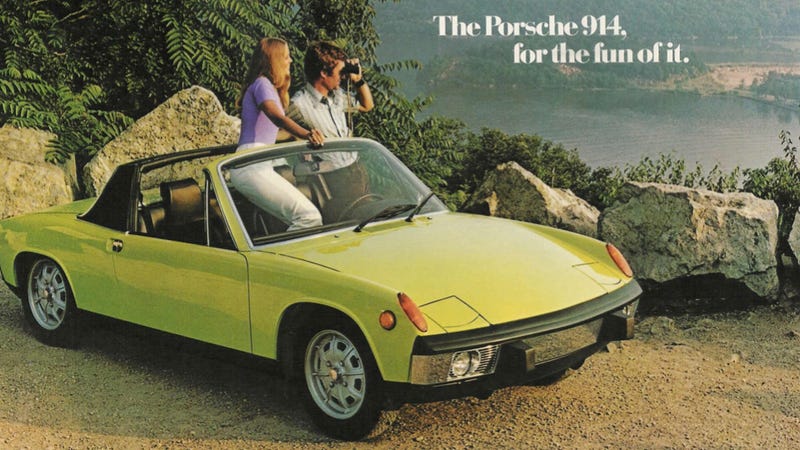

StateMaster - Encyclopedia: Porsche
The Porsche or VW-Porsche was a mid-engined , targa-topped two-seater roadster designed sports car manufactured and marketed collaboratively by Volkswagen and Porsche from to Originally intending to sell the vehicle with a flat four-cylinder engine as a Volkswagen and with a flat six-cylinder engine as a Porsche, Porsche decided during development that having Volkswagen and Porsche models sharing the same body would be risky for business in the American market, and convinced Volkswagen to allow them to sell both versions as Porsches in North America.
On March 1, , the first prototype was presented. His successor, Kurt Lotz , was not connected with the Porsche dynasty and the verbal agreement between Volkswagen and Porsche fell apart. With this decision, the price and marketing concept for the had failed before series production had begun.
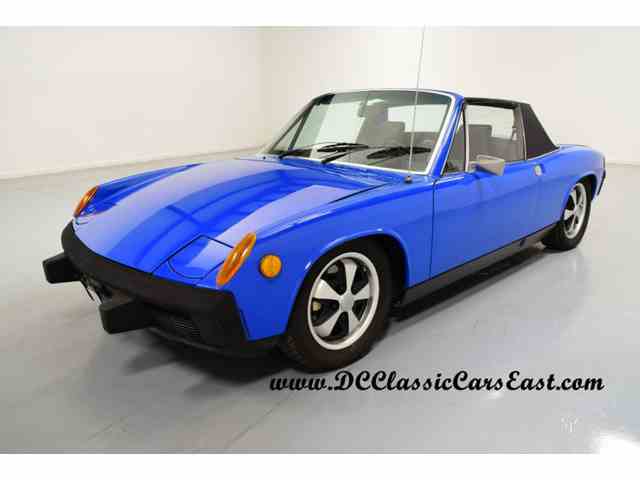
Karmann manufactured the rolling chassis at their plant, completing Volkswagen production in-house or delivering versions to Porsche for their final assembly. Suspension, brakes, and handling were otherwise the same. A Volkswagen-Porsche joint venture, Volkswagen of America , handled export to the U.
The four-cylinder cars were sold as Volkswagen-Porsches at European Volkswagen dealerships. For , the 1. Also based on a spare prototype shell chassis No. Neither car saw a racetrack except for the purposes of testing. Planned for the model year, the Porsche program was cancelled after eleven prototypes with aerodynamic front and rear bumpers and either the 2.

They were also to have a fixed steel roof, wider wheels, double grilled engine lid, and flared fenders as styled from the GT cars. One was built to US specs and on delivery to the US was fitted with air conditioning by the dealer Brumos and has been housed at the Automobile Atlanta museum since along with eleven other rare and models Over the seven model years, Porsche made a number of changes to the Some of these changes were cosmetic and others were in response to changing crash protection standards.
From to , the was offered with chrome or painted bumpers. In early , rear bumpers were produced with a straight crease on either side of the license plate indent.
Between and , both front and rear bumpers were smooth without bumper guards. In , bumper guards were added to the front of the car. In , guards were also added to the rear bumper.
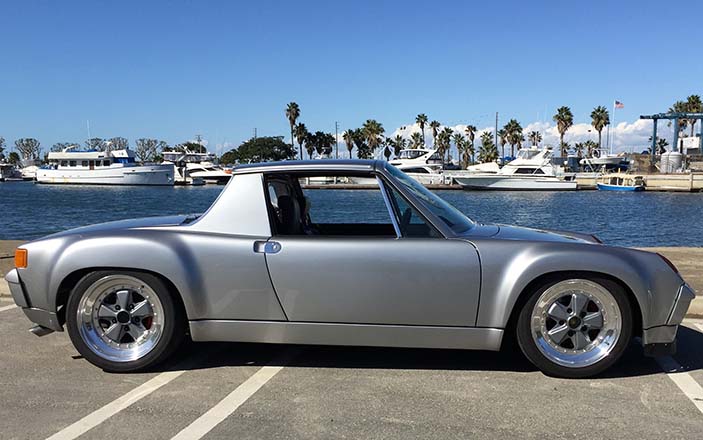
In and , the chrome or painted bumpers were replaced with heavy, rubber-covered units which actually made the cars more stable at high speeds. The headlight surrounds were white from the first s to mid-production of 73 and subsequently black. Cars produced up to early had a fixed passenger seat and a removable passenger footrest.
Later cars featured a movable passenger seat. Other interior differences included changing vinyl designs, gauge appearance, and air vent configurations in the dash. Variants of this series were manufactured and distributed in very limited numbers to European markets and Japan. The Creamsicle: With a cream color exterior paint code U2V9 , these cars sported Phoenix red trim, including color matched lower valences, bumpers and Mahle wheels.

 RSS подписка
RSS подписка Поделиться Vkontakte
Поделиться Vkontakte Поделиться на Facebook
Поделиться на Facebook Твитнуть
Твитнуть